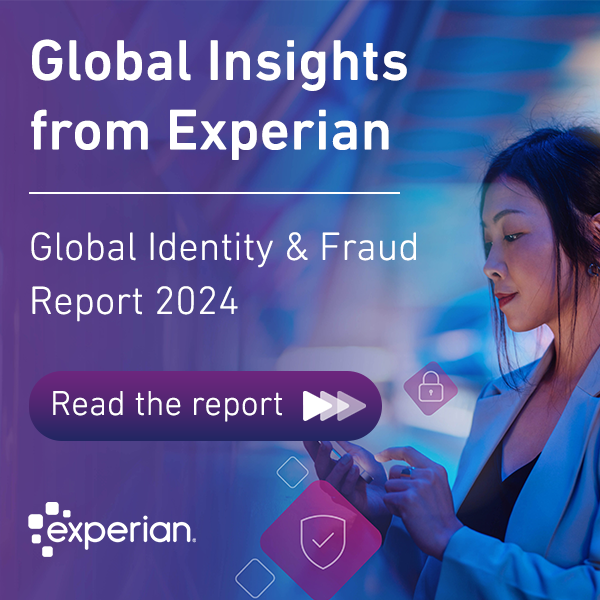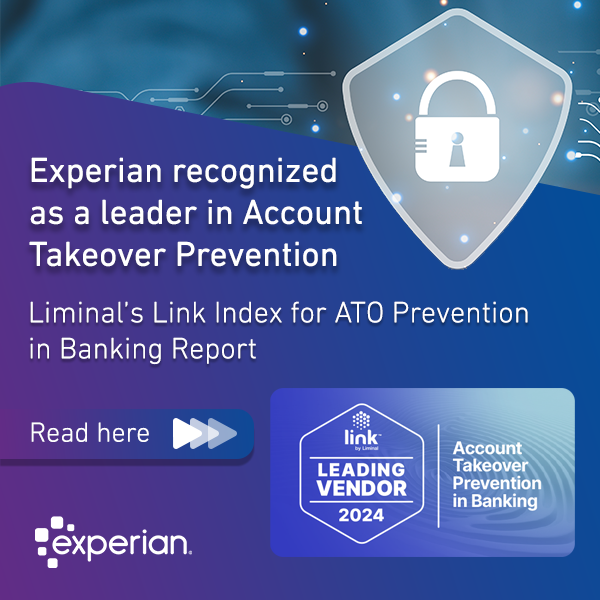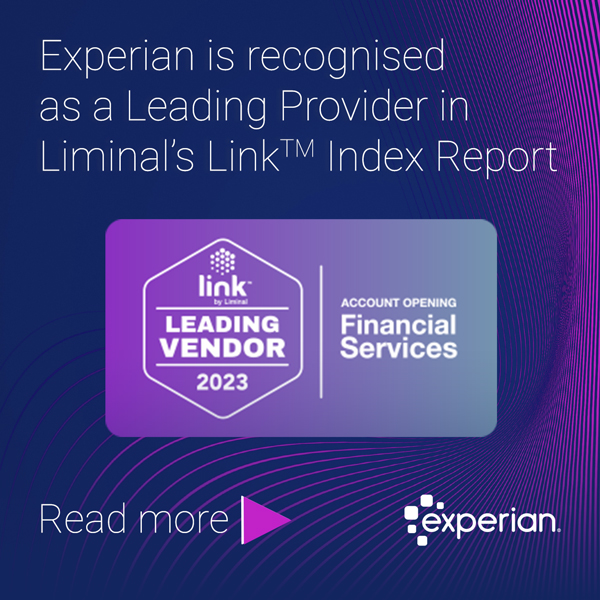
It’s no secret that the pandemic created a level of economic uncertainty that makes it incredibly tricky for lenders to understand their risk on a customer-by-customer basis, and therefore its impact on decision management.
It’s no wonder they’re uncertain; the customers themselves are just as unsure. According to the Global Decisioning Report 2021, one out of every three consumers worldwide are still concerned about their finances even as the second anniversary of the COVID-19 outbreak approaches. While some consumers were able to easily work from home during the pandemic, others suffered job losses, cut wages, or increased expenses due to lost childcare or having to care for a loved one.
As the impact of the pandemic continues to be felt – especially as government support programs begin to conclude – financial institutions will have to figure out how to navigate the uneven recovery. By leveraging advanced data and analytics, financial institutions can better understand their risk and improve their decision management. In turn, many financial institutions are creating predictive models to target their best customers and reduce exposure to unnecessary risk.
However, a model is not always the end-all, be-all solution for reducing risk. Here’s why: a model requires of the right data in order to work effectively. If there isn’t a data sample over a long enough time frame, the risk of creating blind spots that can leave businesses on the hook for unexpected losses can be high. Also, there will always be the need for a strategy even with a custom model.
A global financial institution likely has more than enough data to create accurate, powerful custom models. However, financial institutions like local or regional credit unions or fintechs simply don’t have enough customer data points to power a model.
In addition, many outsourced model developers lack the specific financial industry domain expertise required to tweak their models in a way that accounts for the nuances of regulations and credit data. Finally, the pandemic continues to change the economic picture for customers by the minute, which can make a model designed for today outdated tomorrow.
When a strategy makes more sense
For many financial institutions, it can make more sense to focus on building out a decision management strategy instead of leveraging custom models. While a model can provide a score, it can’t tell you what to do with it. By focusing on a decision management strategy, you can leverage other information and attributes about different customer segments to inform actions and decisions.
In an ideal world, of course, the choice wouldn’t exist between a model and a strategy. Each has an important role to play, and each makes the work of the other more effective. However, strategy is often the smart place to start when beginning an analytics journey. The benefits of starting with strategy include:
- Adaptability: A strategy is much easier to change than a model. While models often have rigorous governance standards, a strategy can be adapted with relatively little compliance impact. This helps businesses adapt to changes in goals, vision, or shifts in the marketplace in a bid to attract the ideal customer. In a world that changes by the day, the ability to adjust risk tolerance on the fly is crucial.
- Speed: A custom model can take weeks or even months to build, test, deploy, and optimize. As a result, this can put businesses behind in analytics transformation while leaving them unnecessarily exposed to risk. On the other hand, a strategy can be developed and deployed in a relatively rapid manner, and then adapted on an ongoing basis to reflect the realities on the ground.
- Consistency: A strategy helps drive improvement across operations by allowing team members to ‘sing from the same songbook,’. In smaller organizations where work is still done manually by a handful of people, a strategy allows for automated processes like underwriting so businesses can scale decisioning.
Strategy or model? Three questions to consider
Do you need a strategy or a model? Again, in an ideal world the answer is ‘both’ due to the unique role each plays, but in the real world it depends on the institution. Here are three questions to ask in order to determine where to focus time and resources:
- “How different are the people I am lending to than the national average?” If the institution is lending to segments that look just like everyone else, leveraging existing third-party data sources will allow the use of generic models. In this case, the focus would be on using those generic models to power the strategy. However, for businesses that serve a niche population, a national average might skew results; in this case, it may make more sense to build a custom model.
- “What is my sample size?” Take a close look at the number of applications coming in each month, quarter, or year. In addition, compare it to periods dating back years to understand growth rates. This will indicate the if the data inflow required exists to power a custom model. Don’t forget to analyze how many of those applications eventually become delinquent; because some smaller financial institutions have conservative policies, they may have low delinquency rates. While this is good for the institution’s bottom line, it can make it difficult to build a model that will be able to detect future delinquencies. Therefore, even a large application sample size might not have enough variance to create an accurate custom model.
- “What are my long-term future goals?” This is the most difficult question to sometimes answer, as many financial institutions remain focused on navigating today’s challenges. As market conditions change, goals naturally adapt. That said, some goals might require custom models in order to effectively achieve the business vision. For example, if the plan is to enter new markets, create new partnerships, or offer new products that are different than what has been done in the past, a custom model could provide a more accurate understanding of potential risk.
Our research also shows that nearly half of businesses report that they are dedicating resources to enhancing their analytics, with one-third of businesses planning on rebuilding their models from scratch. Rapid changes in consumer needs and desires means there’s less confidence in consumer risk management analytics models that are based on yesterday’s customer understanding.
By focusing on a decisioning strategy, businesses can be empowered to effectively leverage analytics today to take action while creating a steppingstone for more sophisticated model-based analytics tomorrow.
Stay in the know with our latest research and insights:




